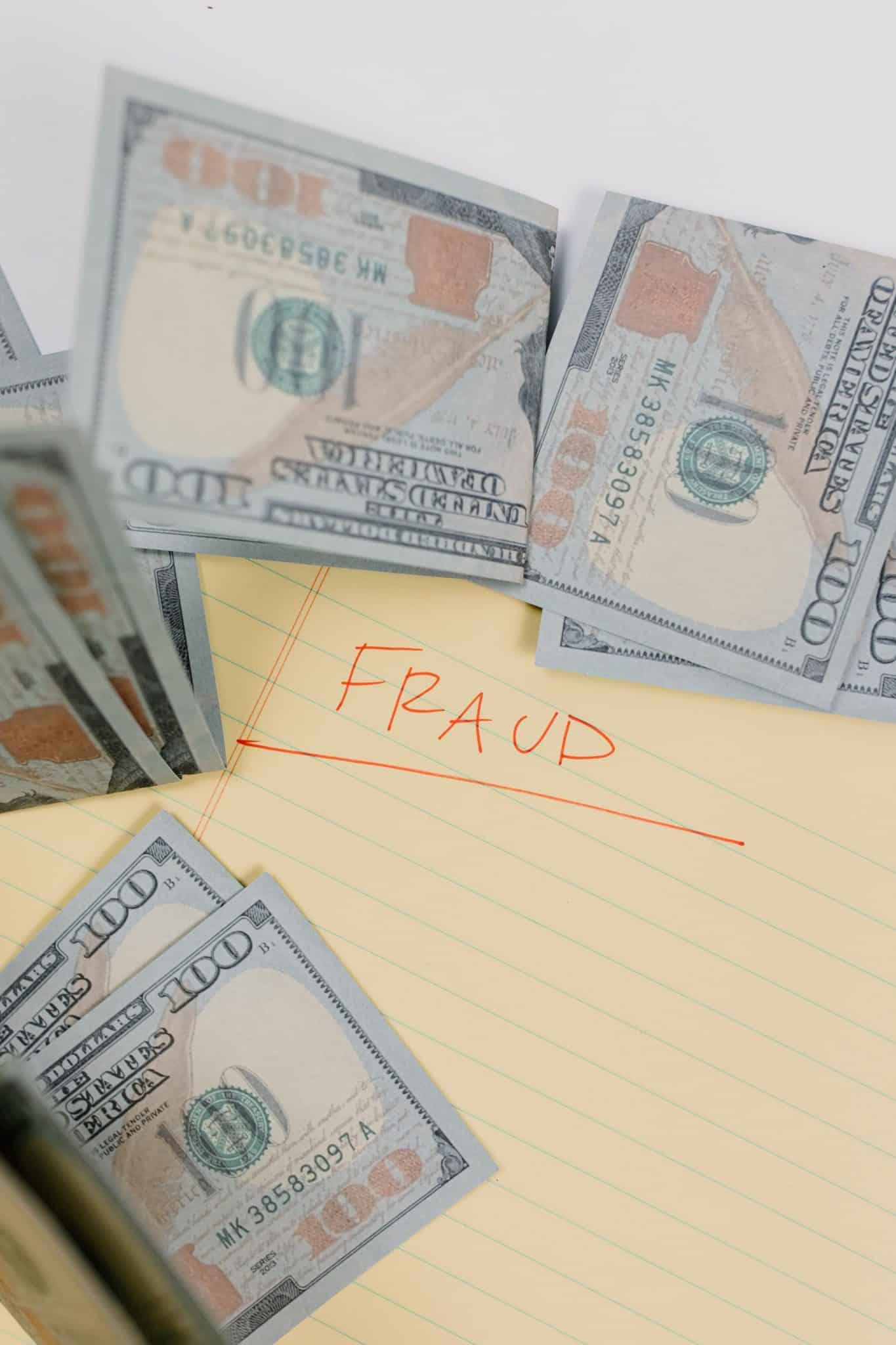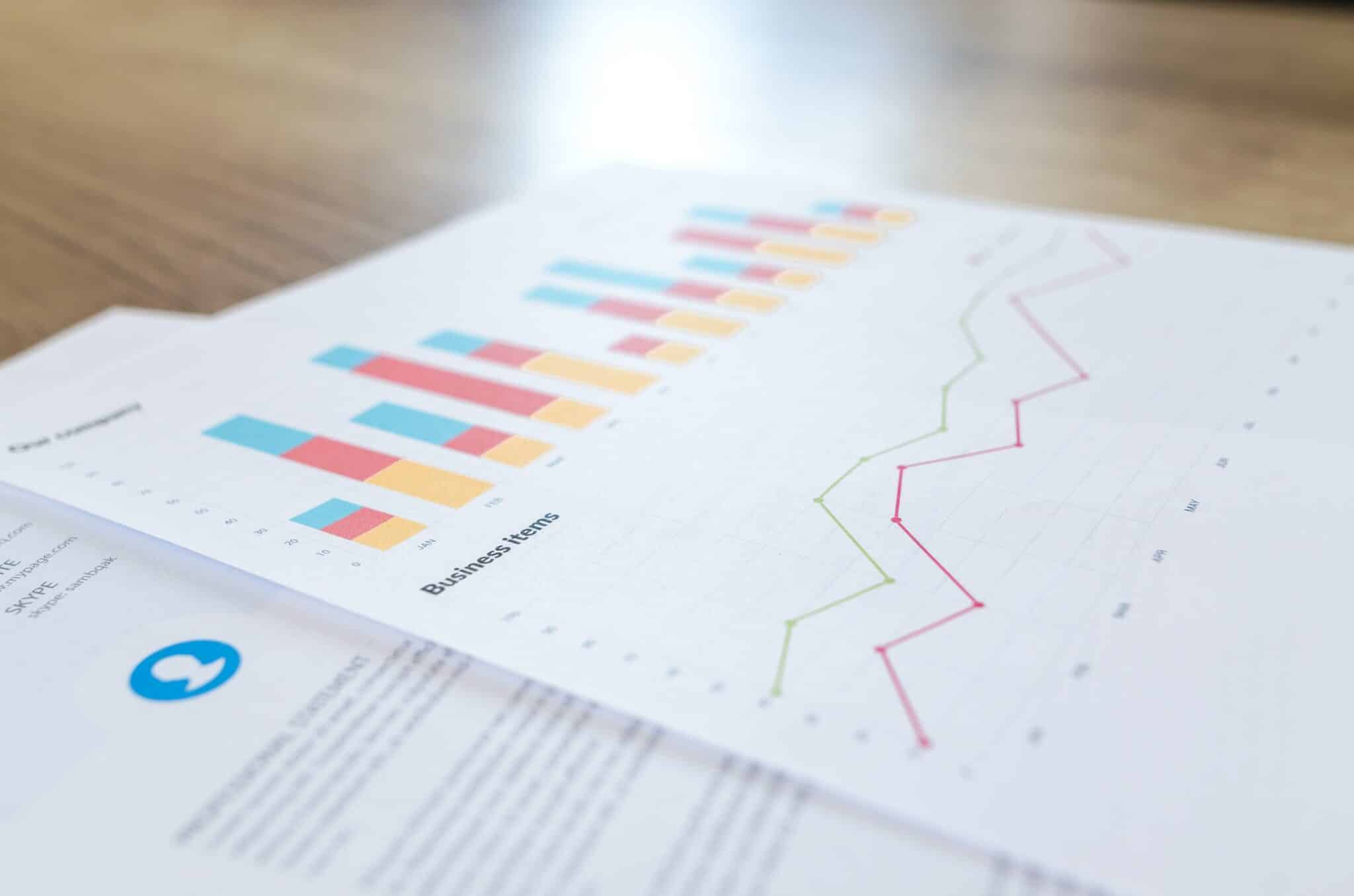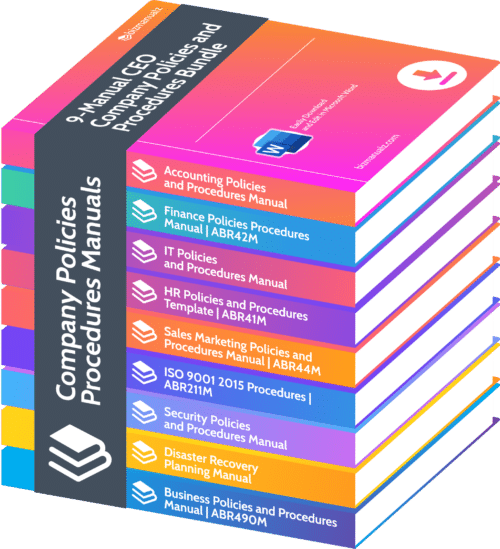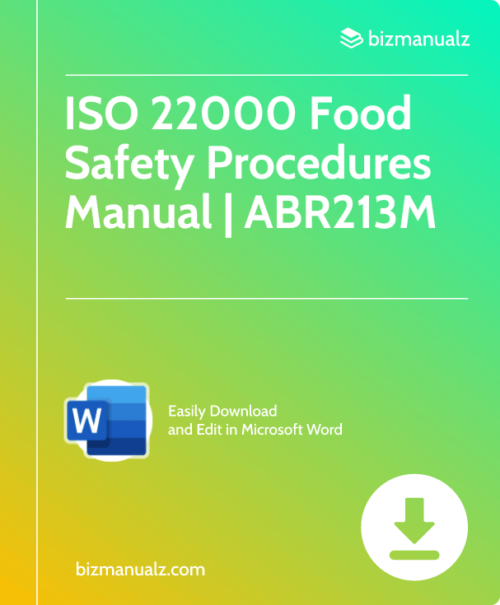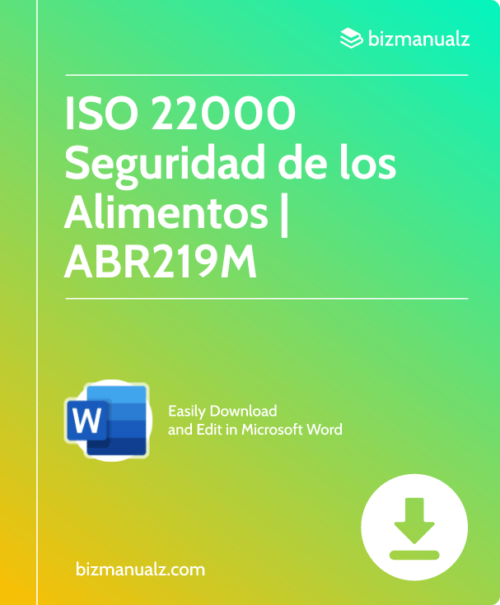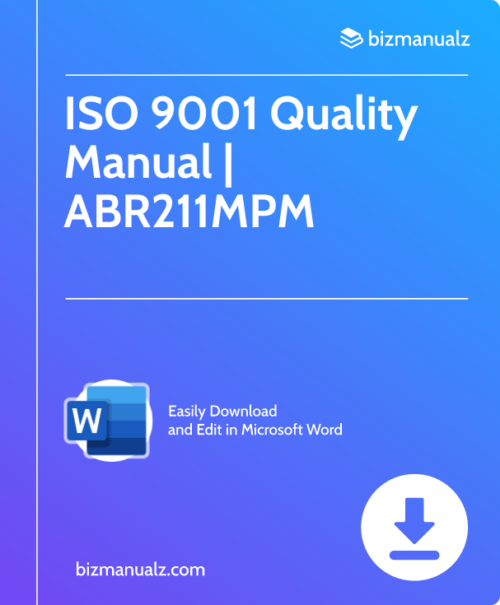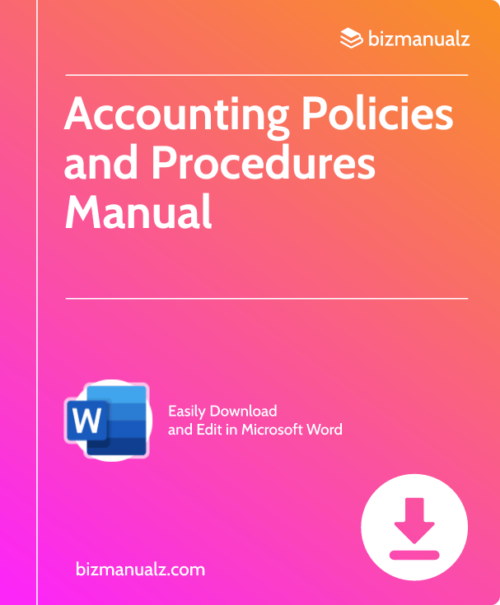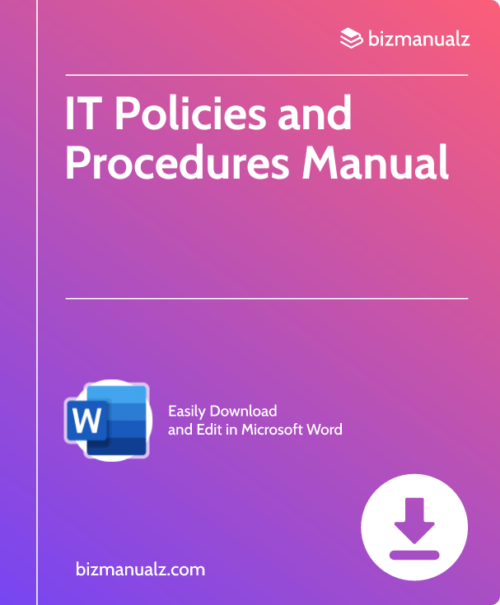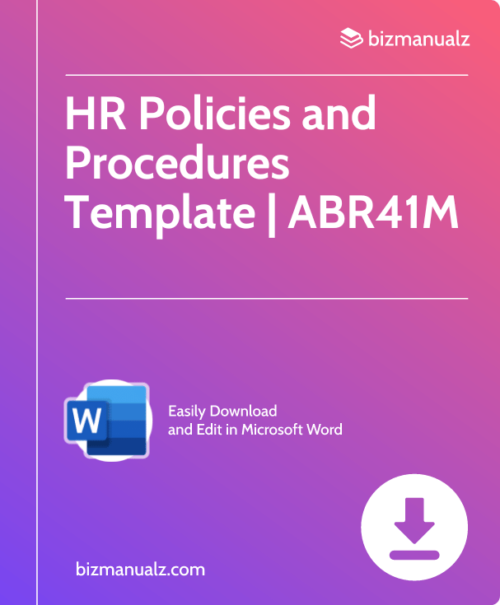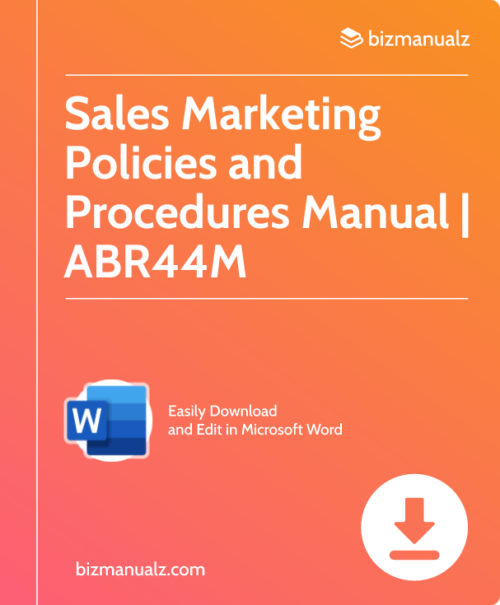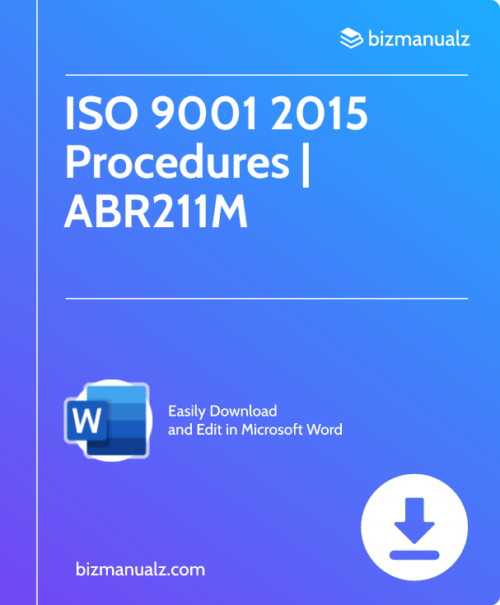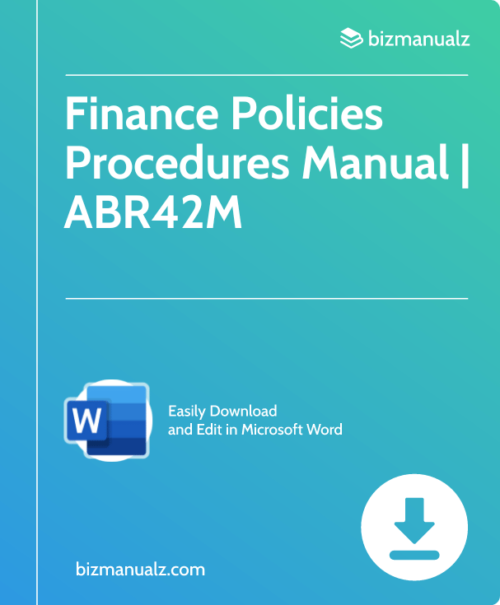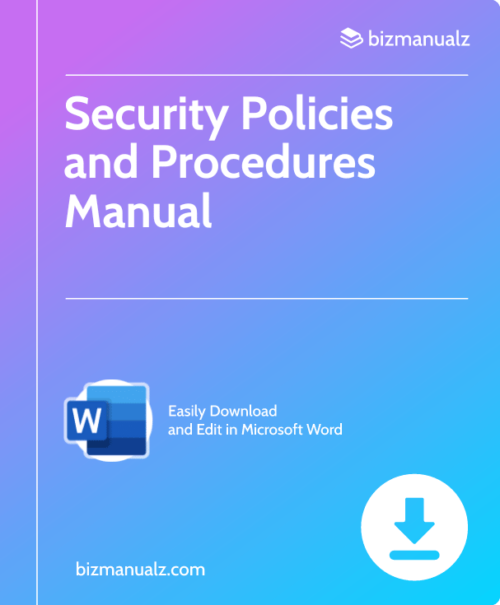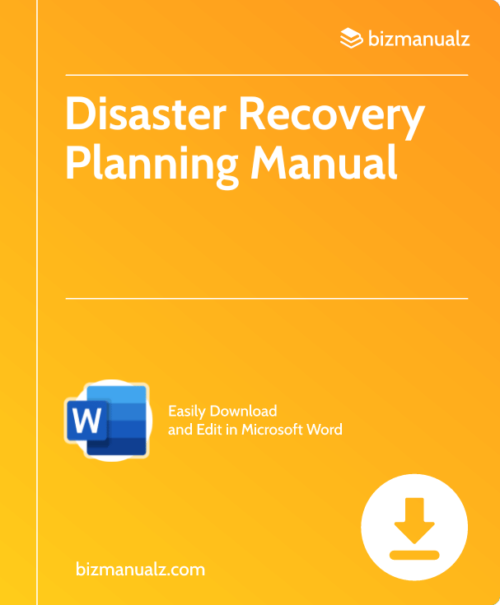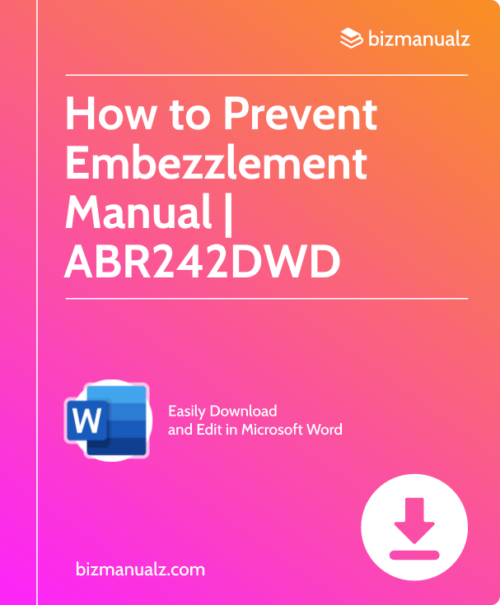ratios
Get the most out of your finances with our comprehensive post about financial analysis. Our team of experts help you make informed decisions to maximize your financial potential.
Read moreLearn how to prepare a balance sheet for your business. Understand the components of a balance sheet, how to create one, and the importance of keeping accurate records. “
Read moreLearn how to detect financial statement fraud with this comprehensive guide. Understand the warning signs, common techniques, and best practices for preventing fraud in your business. “
Read moreLearn how to detect fraudulent financial statements with this comprehensive guide. Get tips on how to identify discrepancies and uncover potential fraud. “
Read moreThe current ratio and quick ratio are two of the most important financial ratios used to measure a company’s liquidity. They are both used to assess a company’s ability to pay its short-term obligations. The current ratio measures a company’s current assets against its current liabilities, while the quick ratio measures a company’s liquid assets against its current liabilities. Knowing the difference between the current ratio and quick ratio can help investors make more informed decisions when evaluating a company’s financial health.
Read moreBad debt and doubtful debt are two terms used in accounting to describe the status of a debt. Bad debt is a debt that is unlikely to be collected, while doubtful debt is a debt that may or may not be collected. The main difference between the two is the degree of uncertainty. It is important to understand the difference between bad debt and doubtful debt in order to properly manage a company’s finances.
Read more


